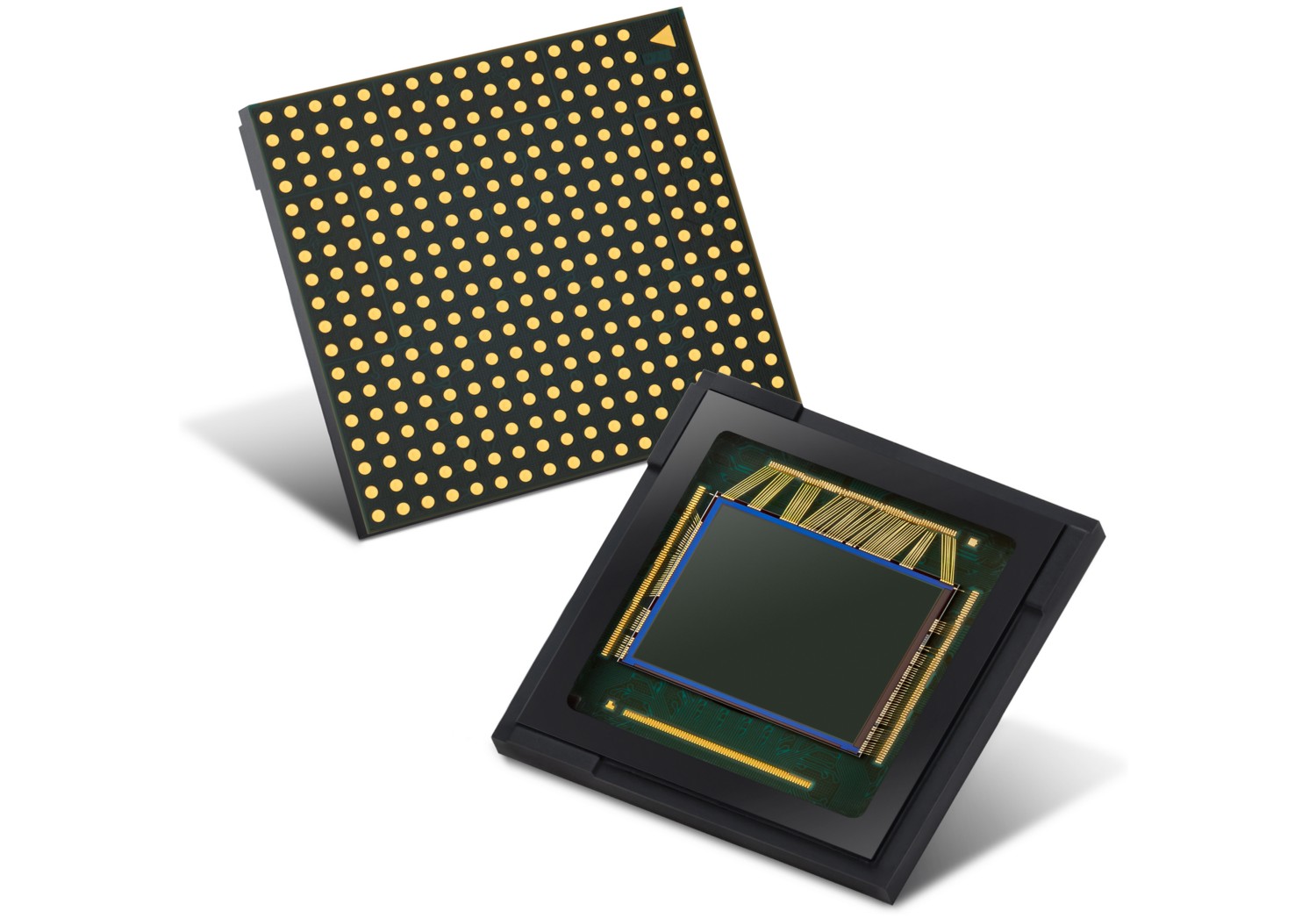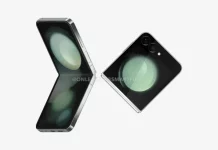South Korean giant Samsung has today announced its new 50-megapixel image sensor named Samsung ISOCELL GN1, making it the company’s first camera sensor to come with both Dual Pixel and Tetracell technologies.
The new Samsung ISOCELL GN1 is a 1/1.31-inch sensor that offers 1.2μm-sized pixels. It comes with 100 million phase-detection auto-focus (PDAF) agents. With both Dual Pixel and Tetracell technologies, the company seems to be prioritising high-resolution images and fast autofocus speed for smartphone users.

The sensor has Tetracell technology for 4-in-1 pixel binning, while the in-house ISOCELL Plus technology is said to keep pixel cross-talk in check, minimize optical loss, and produce more detailed images.
There’s also something called Smart-ISO which present to reduce noise and enhance the dynamic range. Other features include Real-time HDR, gyro-based image stabilization, 8K/30fps recording, and 400fps video at 1080p without autofocus and 240fps with autofocus support.
EDITOR’S PICK: Huawei sold over 15 million 5G smartphones, grabs 33 percent global 5G smartphone market
Samsung GN1 is capable of producing images up to 100MP resolution, thanks to the pixel binning technology. Explaining the working, Samsung says that Dual Pixel technology places two photodiodes side-by-side within a single pixel that can receive light from different angles for phase detection. With active pixels working as auto-focusing agents, the sensor can detect and focus onto a desired still or moving object from every corner in an instant, even in low-light conditions.
The camera sensor seems to be a rival the 48-megapixel Sony IMX689 image sensor which is present in several flagship smartphones such as OnePlus 8 Pro and OPPO Find X2 Pro. It remains to be seen if the company uses this sensor for its upcoming Note-series devices or the foldable smartphones.
The ISOCELL GN1 from Samsung will enter into mass production later this month so we expect smartphones packed with this new camera sensor to be available in the market from the second half of this year.
UP NEXT: Huawei Enjoy Z specifications, variants and color options emerge on Chinese retailer sites







